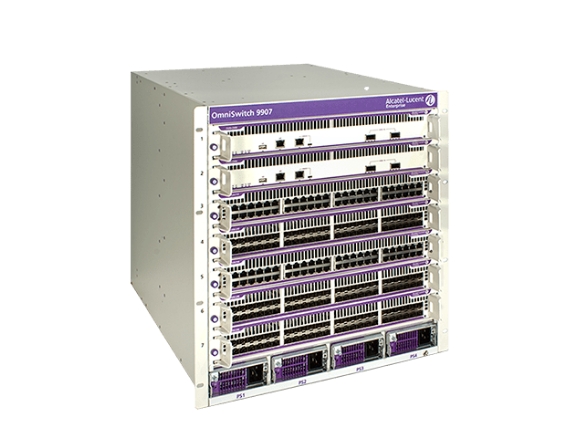Data Centre
With the increase in the uptake of cloud computing, and the ever rising demand of high-bandwidth applications such as streaming video, the demand for more data centres looks set to continue for the foreseeable future.
Whether you are planning to build a new data centre or to upgrade an existing one, you need to be sure that every component meets your specification and is the right combination of quality and value. We work with a number of specialist networking vendors in the data centre space who have equipment in some of the largest and most critical facilities around the world. Below is a selection of our vendor partners and what they can offer.


Data centre switching & management
Alcatel-Lucent helps enterprises address the challenges facing today’s data centre network while delivering a high-quality user experience for real-time applications, greater agility in deploying new applications, easy adaptation to existing virtualisation infrastructures, seamless integration of public cloud services, and reduced data centre costs.
Alcatel-Lucent’s breakthrough solution starts with a unique blueprint for application fluent data centre switching. This blueprint brings together innovations that together create an extremely scalable, high-performance, resilient and real-time intelligence.
Core switches
A new generation of wire-rate 10GbE/40GbE core switches, with market leading port density and switching capacity, reduce the need for oversubscription and prepare your network for future growth.
Low-latency, SDN-ready, high-capacity, modular Ethernet LAN switches, field-proven in enterprise, service provider and data centre environments. ALE offers a high density, multi-Terabit modular platform offering linear scaling, excellent redundancy, resiliency and high availability.
As an example, the OmniSwitch 9900 is equipped with a high density chassis for core campus and data centre networks.

Intelligent Fabric (iFab) for data centre networks
Intelligent Fabric (iFab) is the ALE solution for a high-performance, fully automated Data Centre architecture. A traditional Spine & Leaf architecture has some limitations. The ALE solution offers a POD and MESH network fabric architecture based on Shortest Path Bridging, an IEEE standard protocol which eliminates Spanning Tree Protocol (STP). It uses all links simultaneously, is extremely scalable and simplifies network configuration and management tremendously.

Out-of-band networking
Reliance on modern telecommunications networks is increasing every day. But many dangers exist that threaten network infrastructure, from fibre cuts, to temperature or moisture damage from harmful environmental conditions. What’s more, today’s networks face an unprecedented threat from malicious attacks. Network infrastructures composed of numerous types and classes of equipment, including switches, routers, storage devices and telephony equipment can be managed more effectively with an out-of-band networking solution.
Improving efficiency and increasing network up-time
Out-of-Band Networking solutions provide secure remote service port access, remote power management and environmental monitoring to devices in an organisation’s networks and infrastructures. An Out-of-Band Networking (OOBN) solution nearly eliminates the need for physical presence at a device to correct problems or manage its everyday operation. This mode of unmanned operation is also commonly referred to as Remote Management or Lights Out Management.
Applications and benefits
The value of Out-of-Band Networking solution can benefit organisations of any size and type. Improvements in efficiency for small businesses, large enterprises, service providers and carriers can all be realized by implementing an Out-of-Band solution. Any infrastructure comprised of numerous types and classes of equipment including switches, routers, storage devices, and telephony equipment can be managed more effectively with an Out-of-Band Networking solution.
Reducing costs
Since Out-of-Band Networks can nearly eliminate the need for administrative personnel to be physically present at a device, personnel can be reduced and centralized, resulting in significant cost savings. The cost of downtime is also reduced since devices can be brought back online quickly without the delays of dispatching personnel to device locations. Vehicles, fuel, tools, and labor costs are all greatly reduced all while ensuring Service Level Agreement (SLA) exposure is reduced as well.


